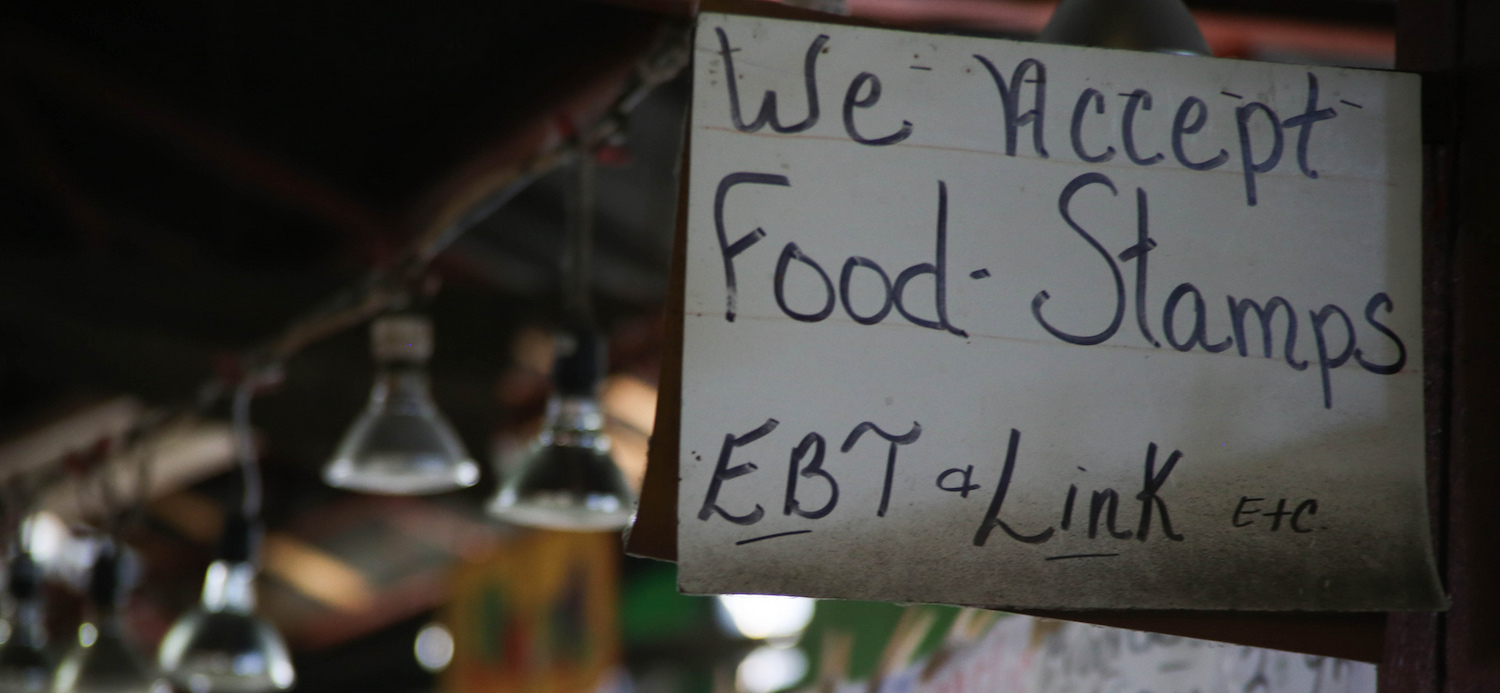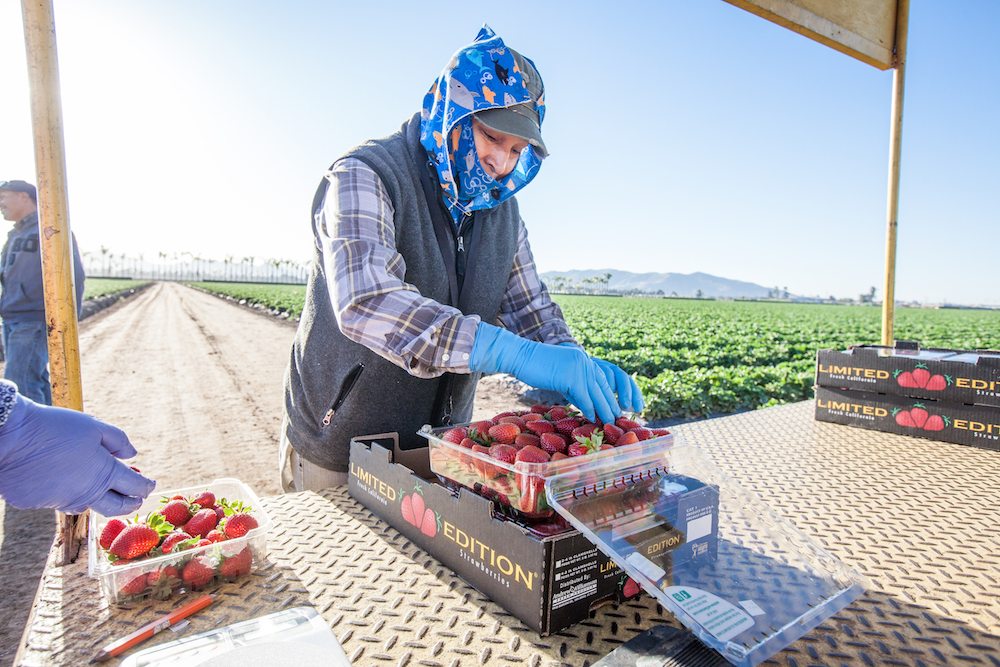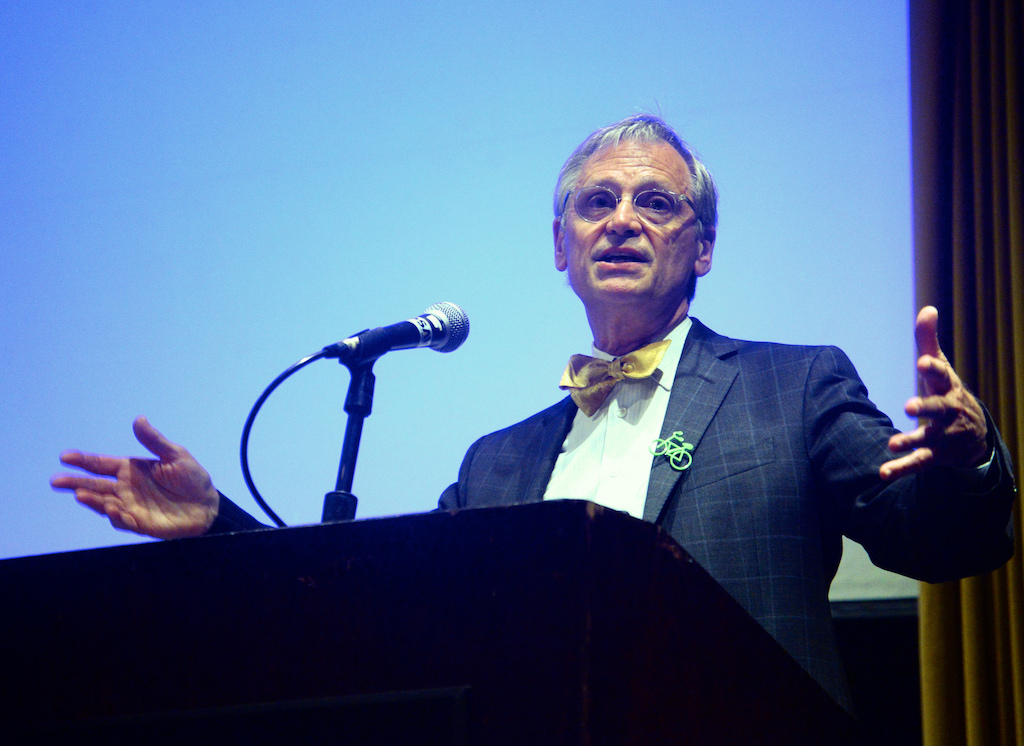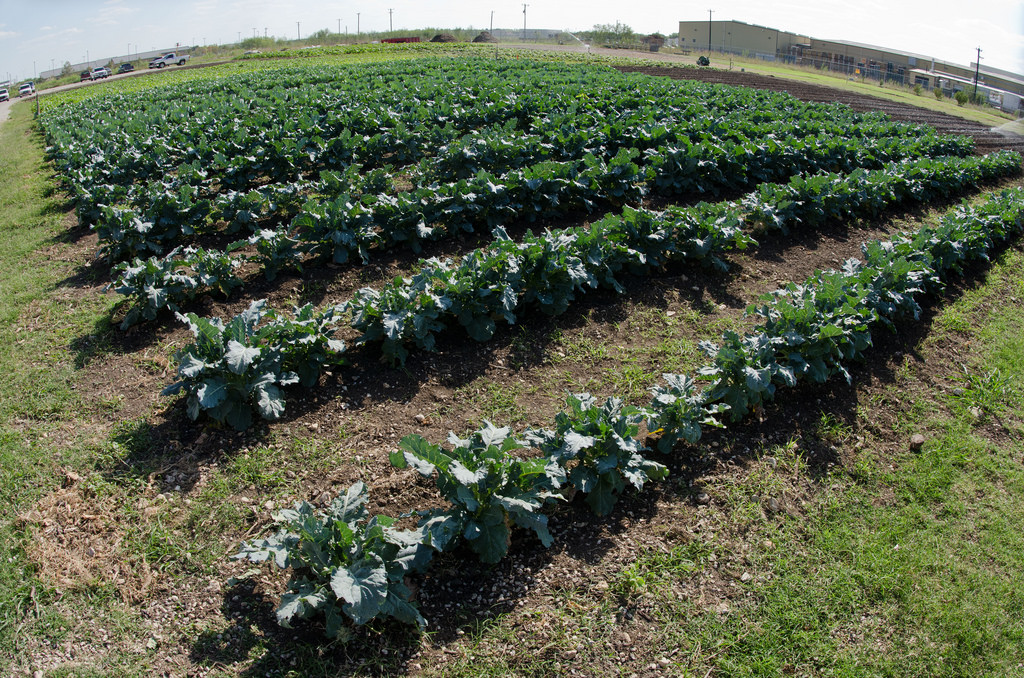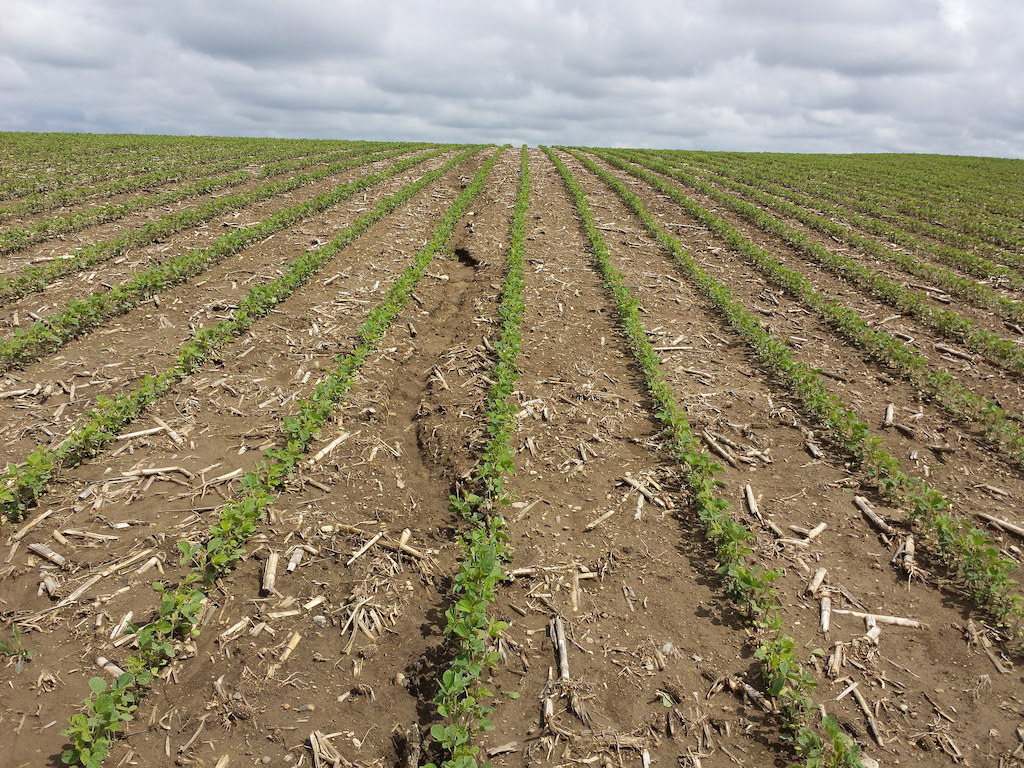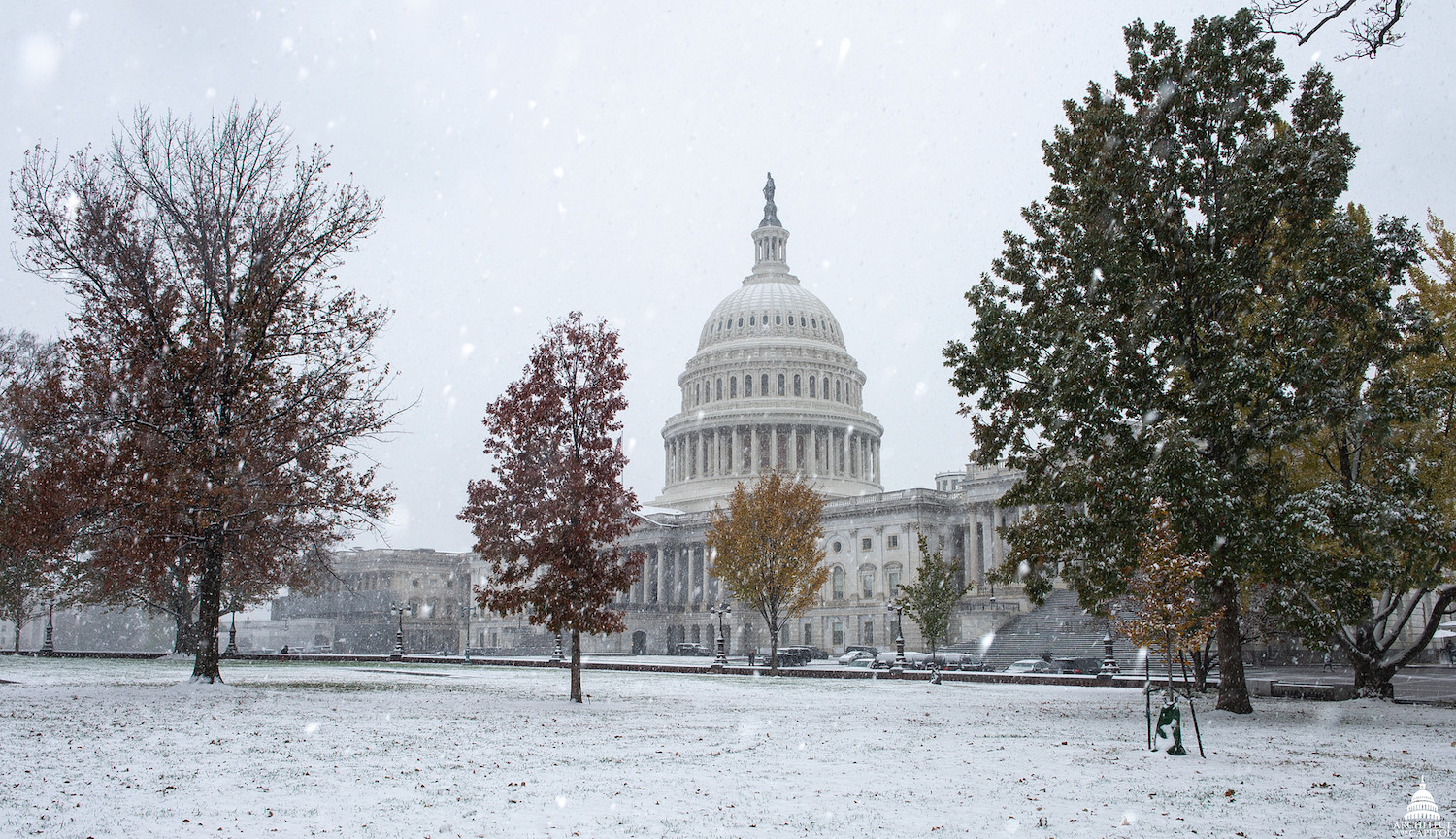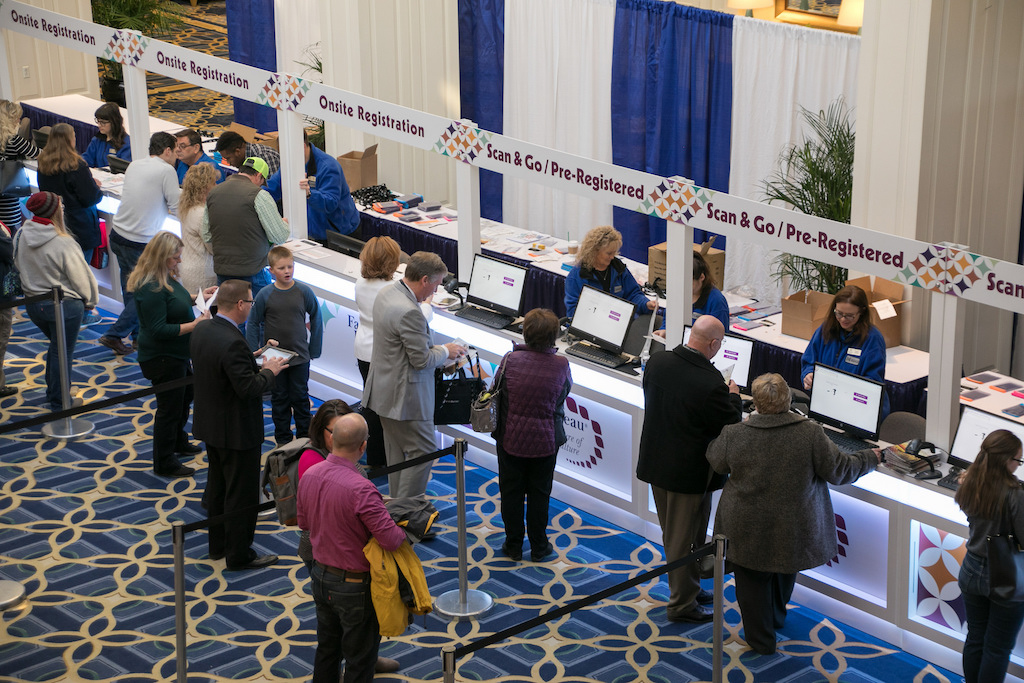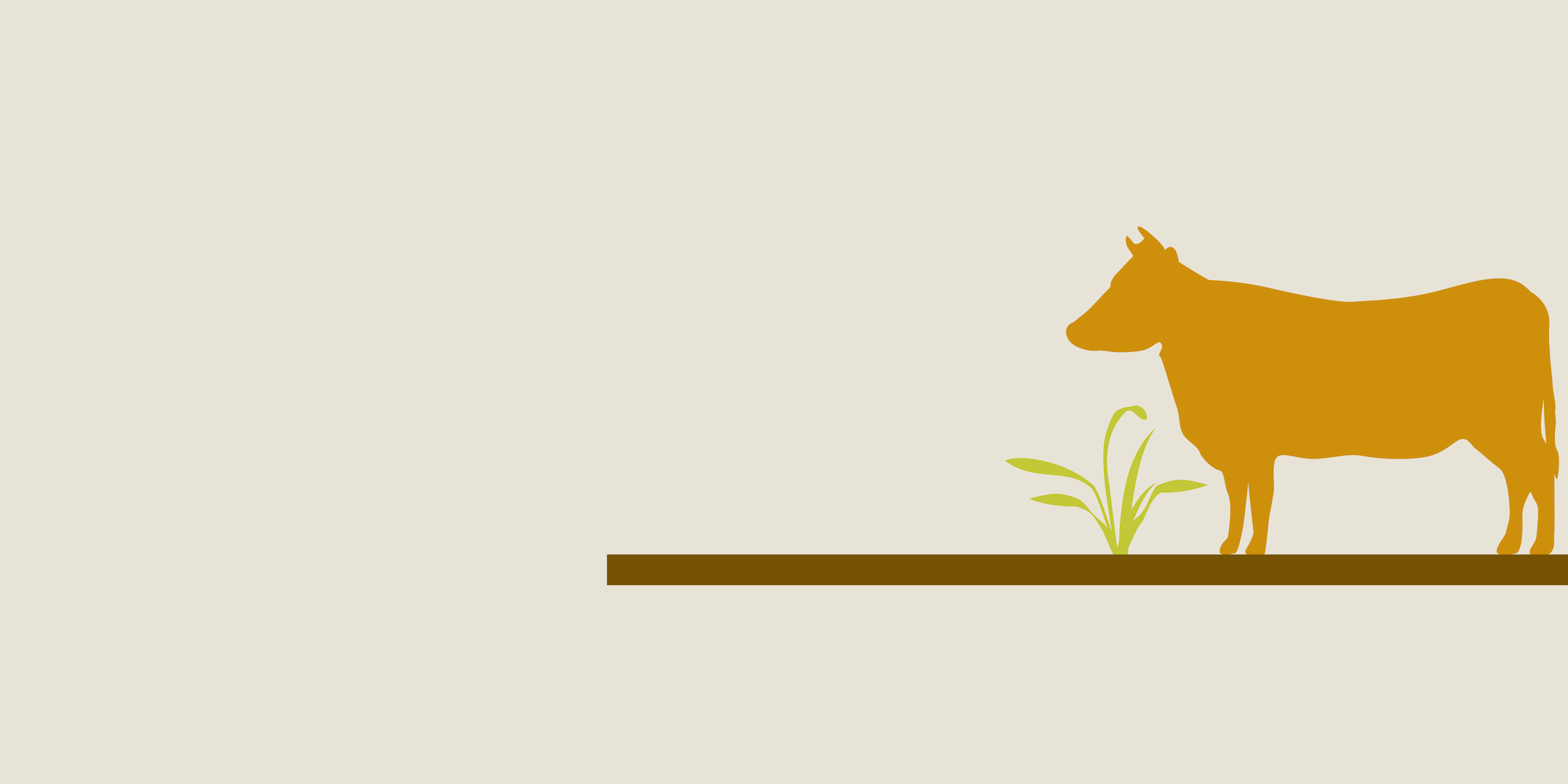
Mithra Krishnan
The farms of tomorrow will be food factories built in skyscrapers. Plants will be grown, layer upon layer, with assembly-line efficiency. Sensors will gather data on the productivity, nutritional value, and resource efficiency of each and every plant. The farmer will live behind banks of screens and servers; data will be parsed as better growing practices are determined. Cybernetic farms will offer locally sourced, highly nutritional, and efficiently produced food to the cities of the world, effectively freeing urban eaters from the tyranny of traditional agriculture. After millennia spent digging in the dirt, man will finally be liberated from climatic uncertainty, price hikes, and nutritional poverty.
The story above is offered by today’s vertical farm (VF) propagandists. The website of AeroFarms, one of the most-talked-about startups, opens with the slogan: “Data Science Meets Horticulture.” Off the bat, this claim presupposes that agriculture was heretofore distinct from its data.
Since long before the invention of the algorithm, however, farmers have observed and recorded the outcomes of their practices in order to develop newer and better ones. The mass of data analytics that supports our current industrial agricultural system—GPS-enabled combine harvesters, global distribution networks, GMO development—are but an update. More importantly, in joining these two practices, AeroFarms makes a major claim about what it’s selling. The slogan suggests that you, the consumer, want the tomato because an algorithm helped grow it, that the merging of data science and horticulture promises a better product. What truth is there in this claim?
 Mithra Krishnan
Mithra Krishnan The most successfully efficient (in terms of input and output) VF systems today rely on aeroponics, a method of growing plants in air without a substrate for the roots to ground themselves. Seeds are embedded in reusable fabrics and grown under magenta LED lights. When the plants mature, the roots simply fall below the fabric. Grown in the open air, the roots require no soil and need only regular mistings of nutrient-rich water. Trays of seeds arrayed as such are then stacked sky high. While the scale of indoor production remains minuscule compared to the tens of millions of acres of farmland in Iowa and California, VF nonetheless exponentially increases in the amount of growing space available in cities. Until now, urban agriculture has largely been consigned to neglected horizontal spaces like vacant lots and rooftop greenhouses—but aeroponics means that upright commercial and industrial buildings could eventually house farms.
This idea, however, has its skeptics. Writing for Alternet, Stan Cox estimates that current VF systems require about 1,200 kilowatt-hours of electricity to produce each kilogram of edible plant tissue. Vertical farms often tack on solar panels to meet their electrical needs—perhaps unaware of the irony that plants themselves are solar panels. Open-air plants photosynthesize using energy freely given from the sun— so growing them under coal-powered, synthetic light, even if it is “energy efficient LED,” demonstrates the wasteful logic of profit-driven industrialization.
It’s also not yet clear whether vertical farms are profitable, as the costs of building a vertical farm, compared to a traditional horizontal one, are astronomical. AeroFarms, for example, received $9 million in grants and tax credits from the city of Newark (where it’s based) and the state of New Jersey, for a factory that likely cost more than $39 million. In contrast, the cost of an acre of United States cropland averaged $4,130 in 2015. Even accounting for the vertical multiplier it’s hard to figure how these numbers work out.
 Joe Fassler
Joe Fassler A hydroponic grow system features rapidly color-changing LED lights at a Local Roots demonstration farm in Austin, Texas
Nonetheless, proponents of VF justify their projects with the fact that ecological and climatic chaos threaten our current food system. Vertical farms use 95–99 percent less water, fertilizer, and pesticides than traditional agriculture. They have also demonstrated shocking improvements in both productivity and nutritional value. Some VF projects boast data analytics capable of packing ever more nutrients into our food, while Michael Barren, AeroFarms’ head of research and development, was recently placed on Forbes’ list of “30 under 30 in Science” for having “improved average crop yield performance by 44 percent to 91 percent depending on variety.”
Data, they claim, is key to these improvements. AeroFarms monitors 30,000 data points for every harvest. Registering the light, heat, humidity, water, and nutrients present in the plants’ environment, a mad array of sensors relays its data sets to algorithms which note how minute changes affect the rate of growth and the nutritional value of the final product. Everything is controlled, from the amount and intensity of light to the cocktail of nutrients in the mistings. At AeroFarms, even the air is enriched with CO2, increasing it from the global average of 400 ppm to over 1000 ppm. In an era where changes in climate or a crop’s disease load are increasingly unpredictable and may disrupt crops in the field, vertical farms claim to offer the absolute control needed to render biological processes a mechanical function.
Our current agricultural system has long hoped of achieving the logic of factory-like efficiency, where products can be judged by a single metric of standard quality. Vertical farming intends to bring agriculture into the 21st century by making cucumber production as streamlined and mechanical as, say, iPhone manufacture; the industry boasts that, with enough data, it is possible to reduce the plant to a widget. The issue, however, has always been that biology resists standardization, and that standardized biological systems tend to be weaker and less healthy than more complex ones. This is why our monocultural croplands demand more pesticides and fertilizer each year. Chemical inputs maintain frail ecosystems against the pressure of fertility collapse, nutritional poverty, pestilence, and disease. Vertical farming improves on this precarious state by reducing chemical dependency, but nonetheless maintains the factory-minded view that plants must be reduced to their most standardized, predictable, and repeatable forms.
The true value of Big Data has its limits. Agriculture likely began as accident—hunter-gatherers noticing that the big seeds left in their trash piles grew into large plants—and has often developed along similar lines of contingency. The dream of absolute control, on the other hand, is one of eliminating contingency. Kate Crawford, writing for The New Inquiry on the failings of data mining, notes that “we reach a breakdown of meaning, a profusion and granularization of information to the point of being incomprehensible, of being in an ocean of potential interpretations and predictions.” The analyst must often constrain the possible readings of the data in order to render the manic flow intelligible. This will have serious consequences in the agricultural context. When does choosing among the swarm of data on tomato growth foreclose on the possibility of a given tomato seed—and its radically unique DNA—and exceed expectations?
Most vertical farms have rigorous sanitation policies because their plants, grown in absolute isolation from other organisms, have little defense against disease. Developing in their computer-optimized environments, plants are radically unprepared for the many threats the world has to throw at them. Within the closed system of industrial production, there is no reason to expect that such threats will materialize. However, the logic that enables the constant production of identical widgets does not necessarily translate to the growth and development of biologically unique organisms. In an era of increasing ecological and geopolitical instability, can we place trust in a food system structured on the assumptions of the 20th century factory?
Agroforestry and permaculture are two alternative agricultural systems that take this lesson to heart, seeing the forest, rather than the factory, as the ideal model for food production. The proponents of these systems are motivated by industrial agriculture’s flawed efforts to regulate and constrain plant potentials, rather than embrace complexity and dynamism as generative forces. Plants that grow in ‘natural’ (read: complex) systems develop very differently, and often more healthily, as the microbiome—the animal, fungal, and bacterial life found around a plant’s roots—offers protection against disease and pests, while also encouraging the uptake of nutrients and water. A helpful illustration: the fungi around a plant’s roots engage in a symbiotic transfer of nutrients at the cellular level. (More precisely, fungal hyphae trap nematodes, protecting their host plants from the pests.) These co-evolved relationships operate at a scale that we can scarcely visualize, let alone participate in. The problem has always been that complexity is, well, complex, and that farms which only mimic natural systems are hard to develop and harder to manage. How can one observe and direct a network built of diverse species of plants, bacteria, and fungi that interact in subtle and often imperceptible ways? Perhaps here’s the place where data science might be of assistance.
 Joe Fassler
Joe Fassler Returning to the original question: Why do we want our food grown by data scientists? The potential of sensor-based data collection and analysis ought not be limited by the dream of absolute control. If the sensorial potential of VF were to be used in forest settings like those imagined by agroforestry and permaculture, then farmers might be better empowered to observe and comprehend, rather than control, their crops. Using the VF apparatus in this way would not limit the potential of plant-organisms to their bare mechanics. Sensors would instead render perceptible the interactions between organisms such that farmers could design ever more open-ended ecosystems.
If the history of agriculture is that of humans coming to better understand the lives of their food-plants, VF technology offers a radical jump forward. While the farmer of the past could only read the plant’s leaves, the soil, and the rain, the farmers of the future will meld their sensorial knowledge with a mechanical sensing apparatus, ever improving their ability to attend to the needs of plants and the ecosystem. As the machine-sensors empower and extend farmers’ senses, they’ll be continually better-equipped to craft exciting and powerful ecological encounters. In maintaining the idea of food as commodity, VF in its current form fails to engage with the full potential of the plant as an evolving organism. If vertical farms wish to offer a truly utopian vision for the food system of tomorrow, the sensor-driven food forest is the model for a healthier and more resilient future.


